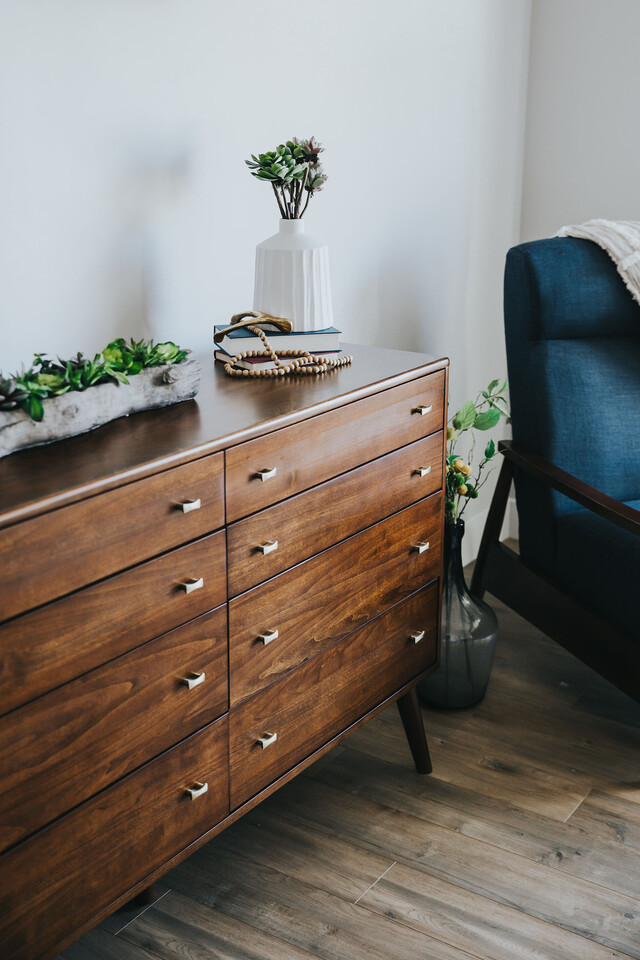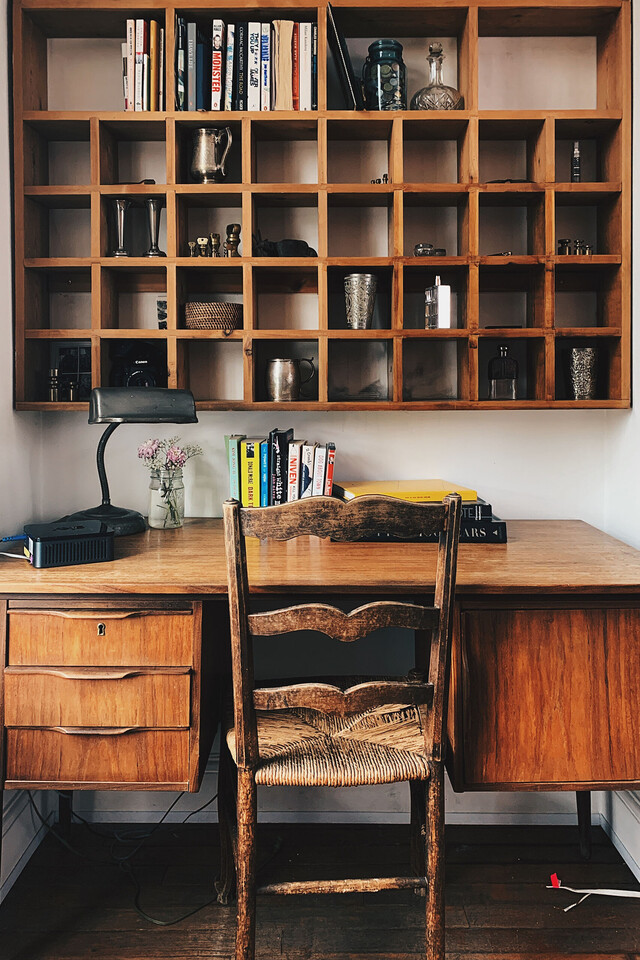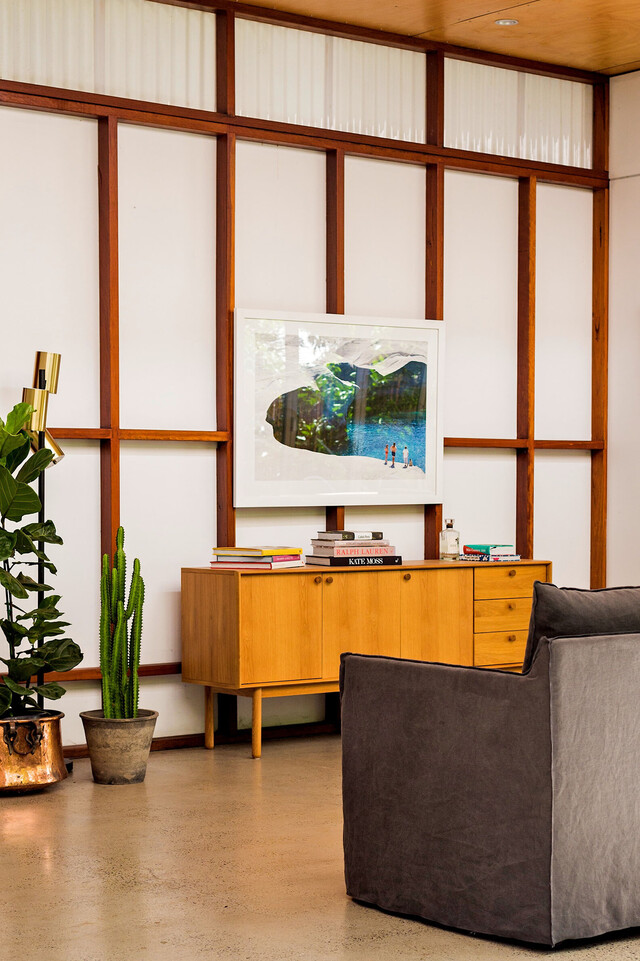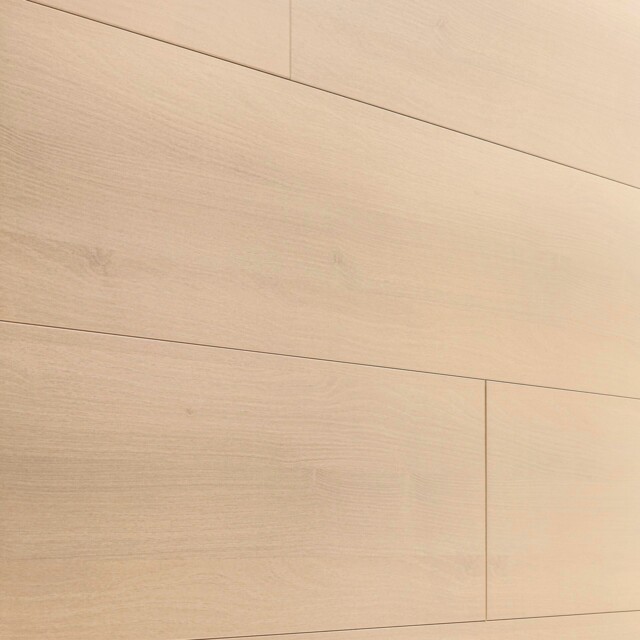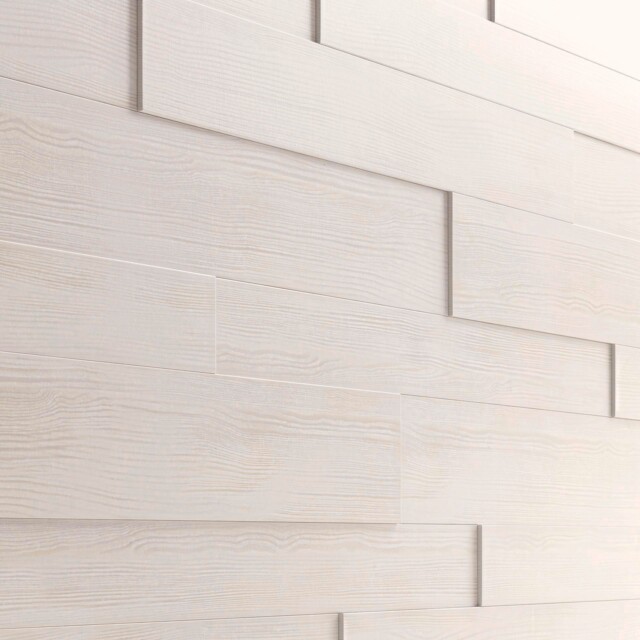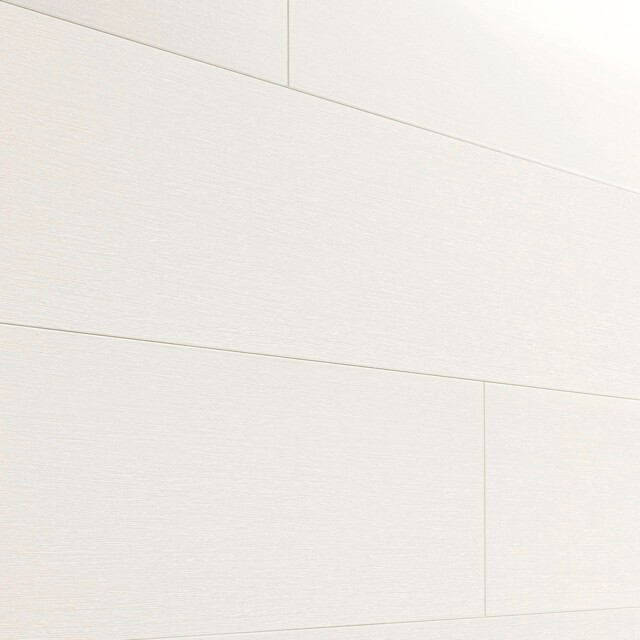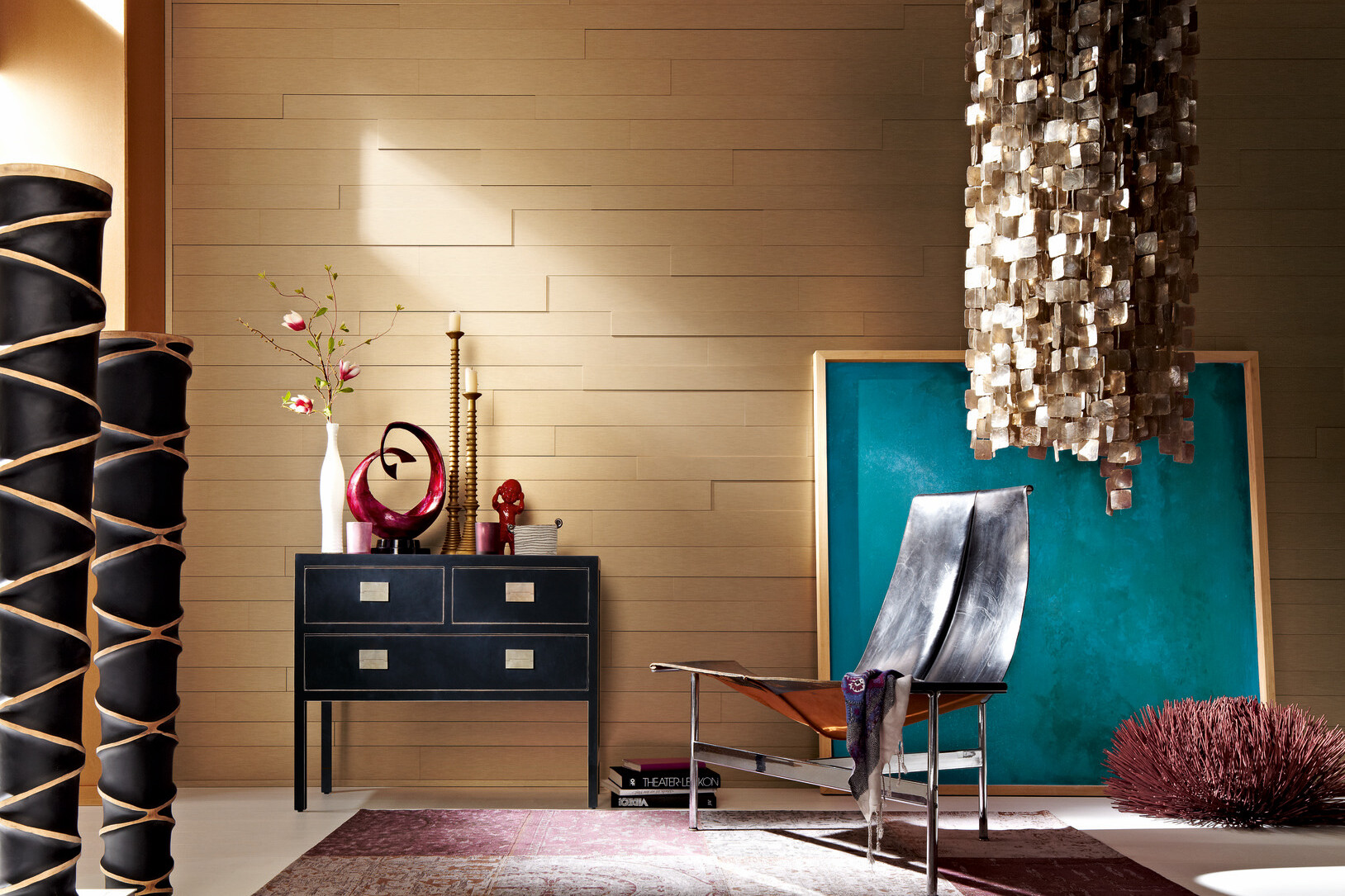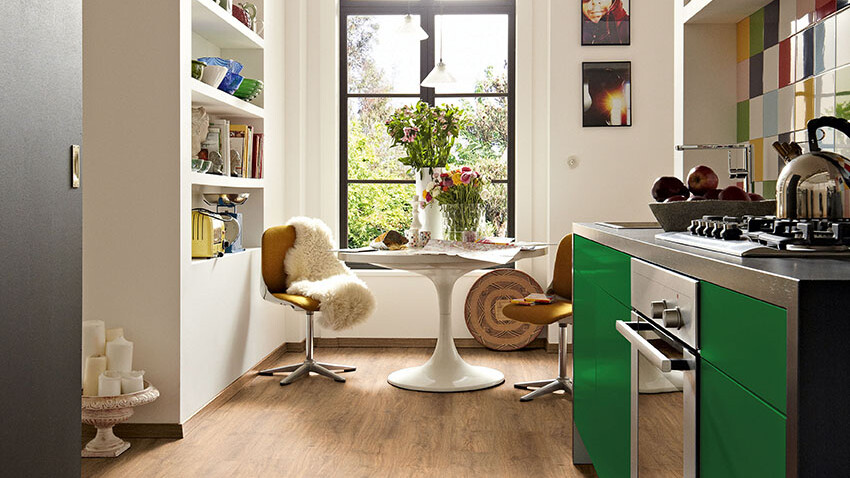
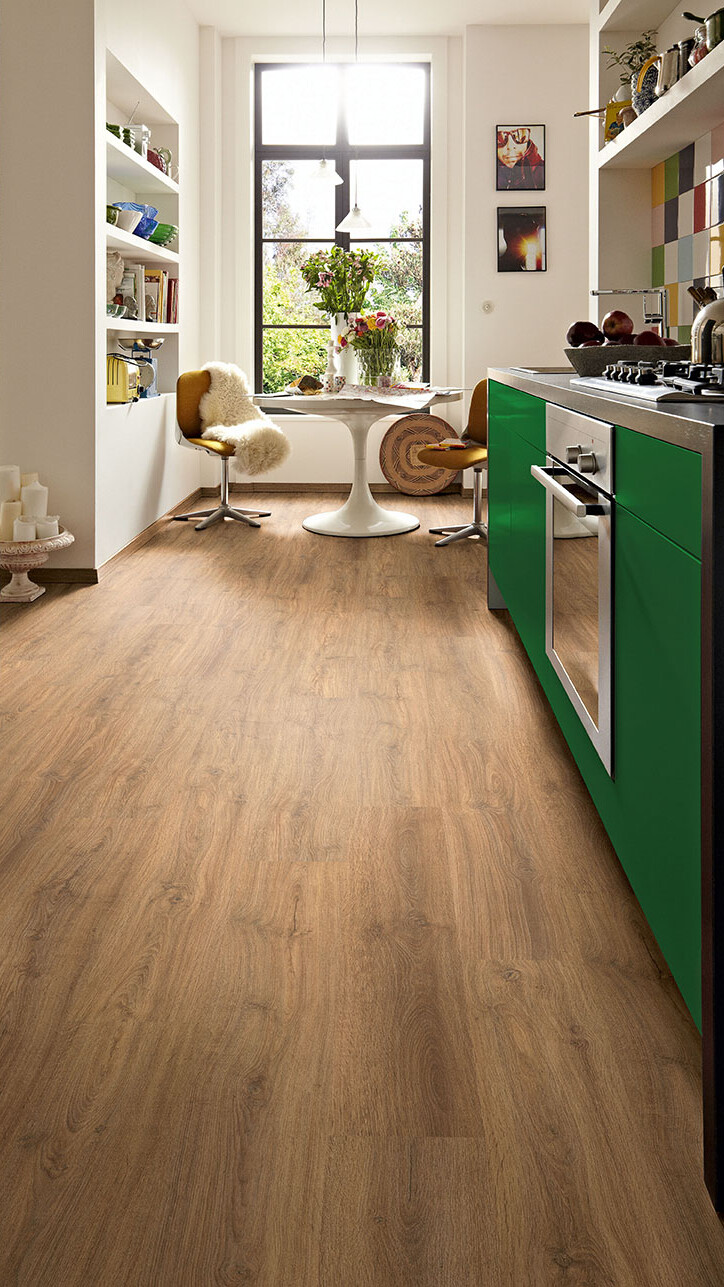

Night fever, night fever – we know how to do it! And true fans of the unique style of living from the seventies can say the same about their furnishings; after all, this disco decade is celebrating its comeback and there are now countless easy possibilities to add retro charm to your own home. Just imagine it: your interior can be as diverse and colourful as the decade itself.
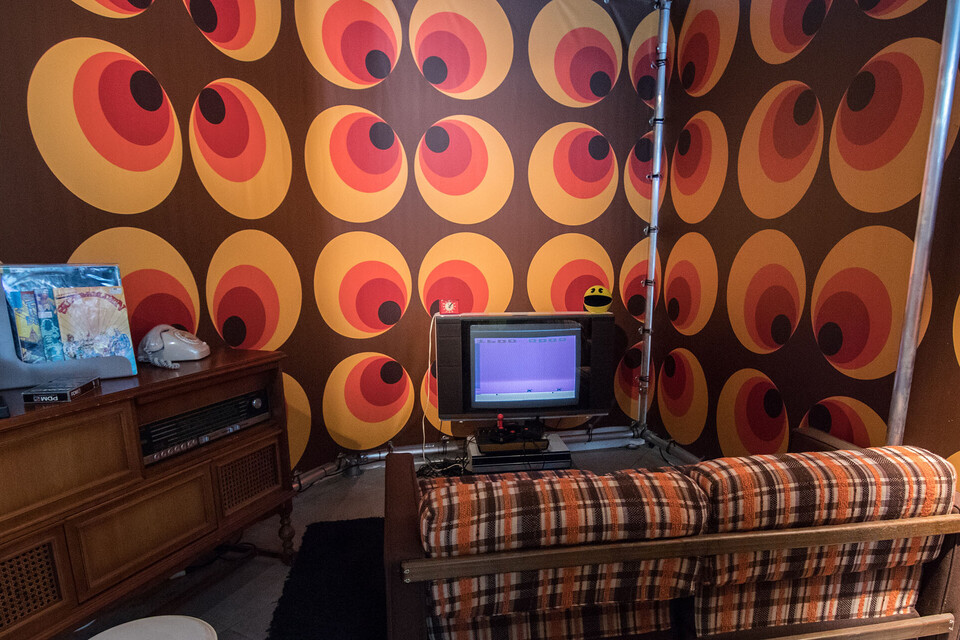
It’s the decade of disco music, long flowing hairstyles and movie classics like ‘Jaws’. But you’ll be hard pressed to find a feature of the 1970s that sticks in your mind as much as the furnishings and interior design of your parents or grandparents from this era. Whether it was bright colours or fancy shapes on wallpaper that covered entire walls, it was as if the residents were visually letting off steam through their furnishings.
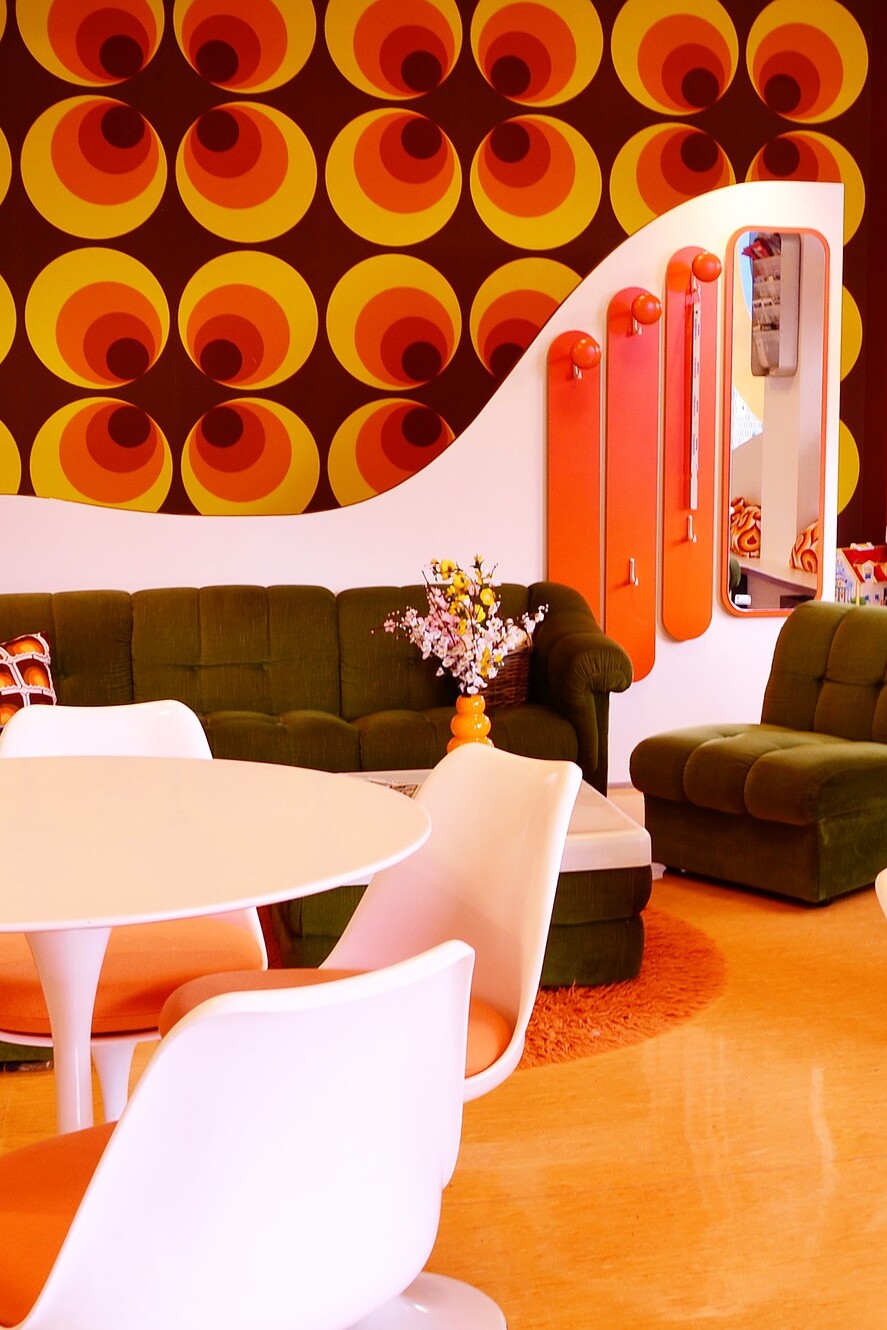
Some people may find them soothing, others may find they make an exciting, almost psychedelic impression: that’s right, we’re talking 70s patterns. One of the most striking features of an authentic 70s interior looks like something straight out of an early geometry lesson. The arrangement of circles, triangles or squares of all different colours and sizes is a matter of opinion. What is certain, however, is that they absolutely have to feature in the retro look we are striving for. In Germany at least, the best-known example of this can probably be seen in the floral brand symbol of a well-known washing-up liquid manufacturer from the time, which adorned kitchen tiles in the form of colourful stickers. How many childhood memories of yesteryear spring to mind when you think back on prints and motifs like these?
It’s hardly surprising, then, that this recurring trend has contributed to the fact that more and more wallpapers can be found in furniture and DIY stores that wouldn’t have looked at all out of place in our parents’ first homes. If you want, you can even dig out your old set square and compass and let your creativity run wild with colour on the walls.
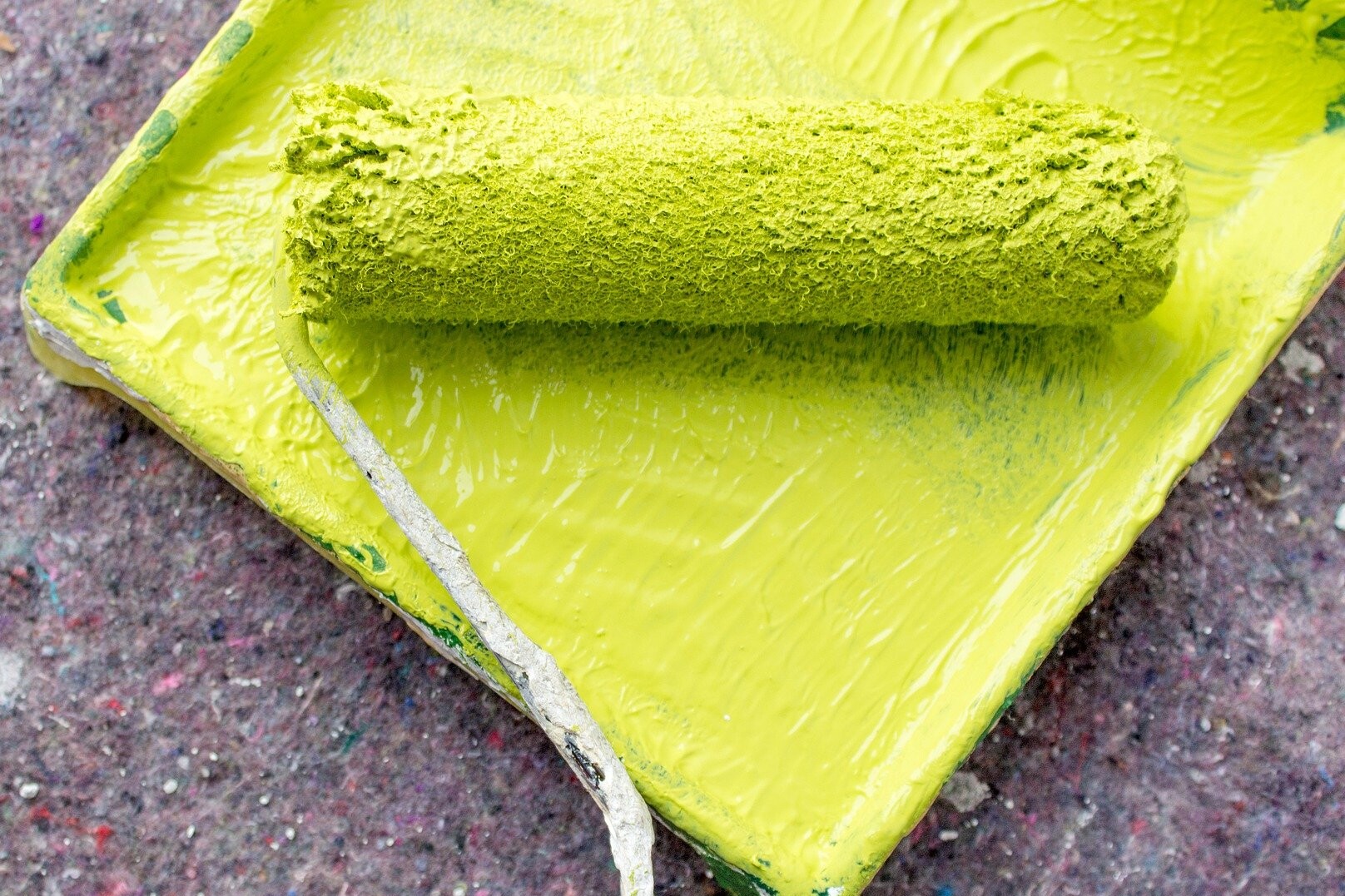
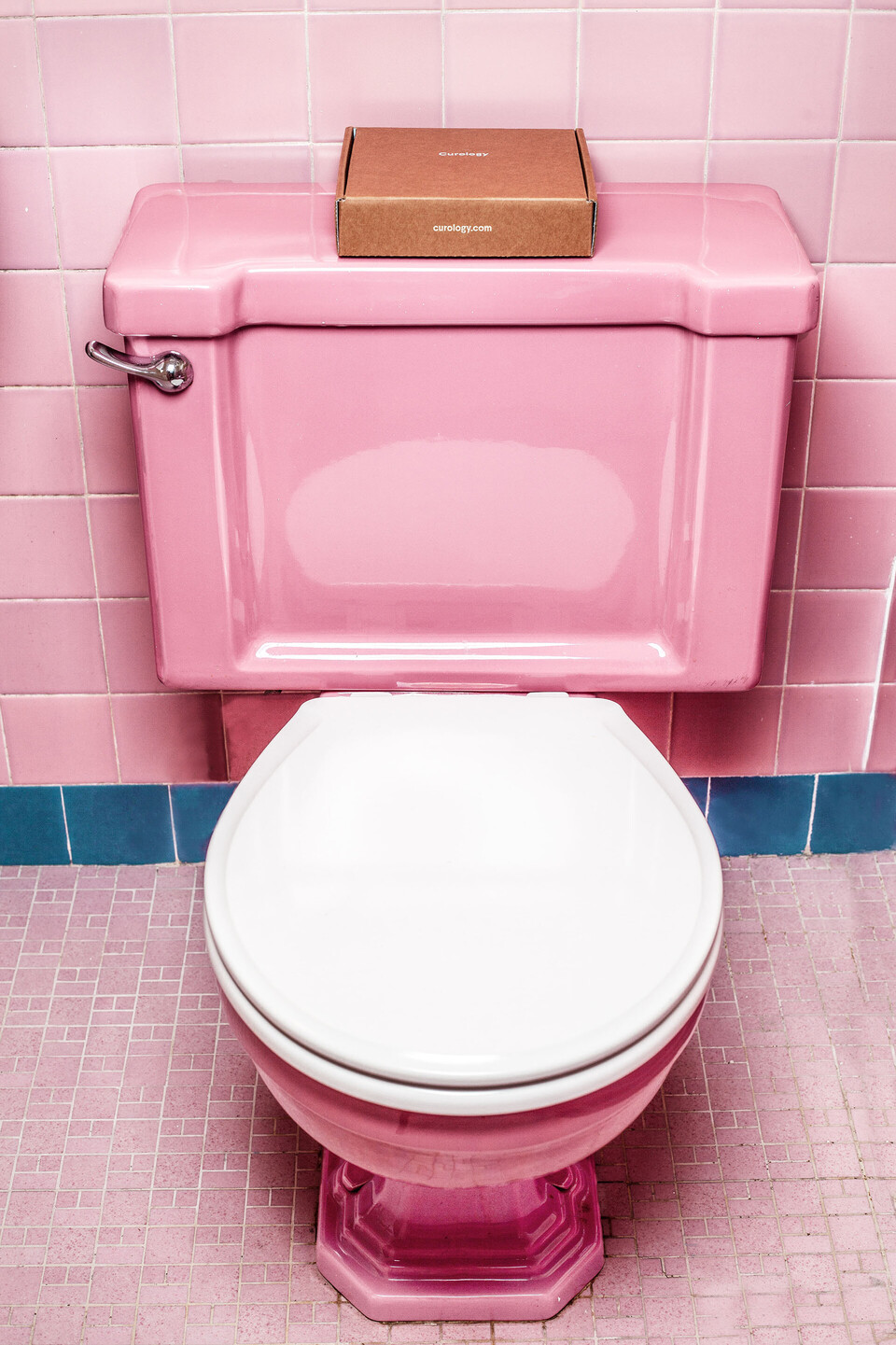
The most attractive thing about the 70s style is probably the broad colour palette and the range of possible combinations this creates. After all, pretty much anything you like goes – and the more colourful, flamboyant and ostentatious, the better! Living room furnishings in pink and orange are just as common as pink-tiled bathrooms and kitchens with bright blue and green accessories.
But where did the sudden urge for colour come from? Well there are several possible explanations for this. First of all, households started to welcome colour televisions for the first time as black-and-white sets largely fell by the wayside. And then there’s the fact that the plastics industry had already been experiencing a sustained boom for years, which meant it was easier than ever to bring countless design ideas to life.
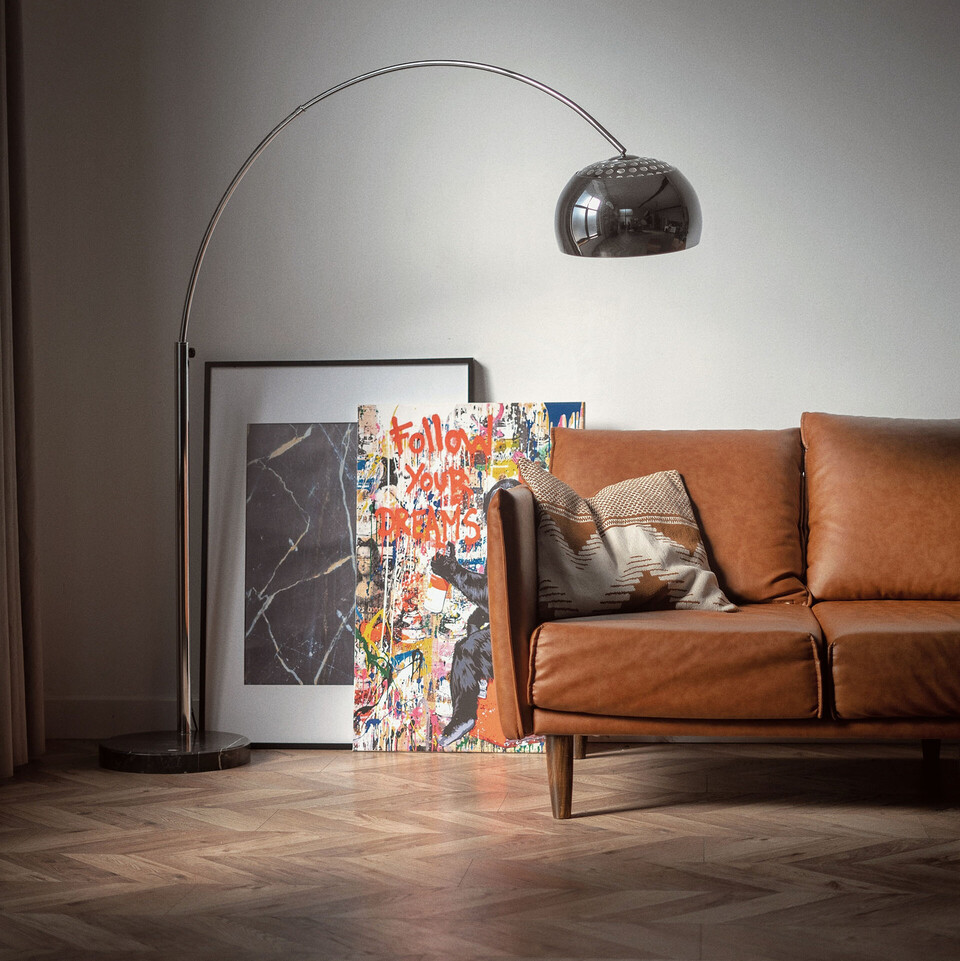
The 1970s successfully laid the foundations for countless technical innovations that we couldn’t imagine ever being without today. What is now taken for granted by the young people of today was an absolute novelty for the generation of the time: The PC era began with the founding of companies like Microsoft and Apple, and the first video game flickered across home screens in the form of ‘Pong’. Science fiction classics like ‘Star Trek’, ‘Star Wars’ and ‘Alien’ were the pop-cultural reaction to the conquest of space from the 1960s onwards, offering creative illustrations of how the future could look.
Inspired by these exciting visions, more and more futuristic-looking accessories started to enter people’s homes. Archetypal representatives of this trend include arc lamps with metal shades.
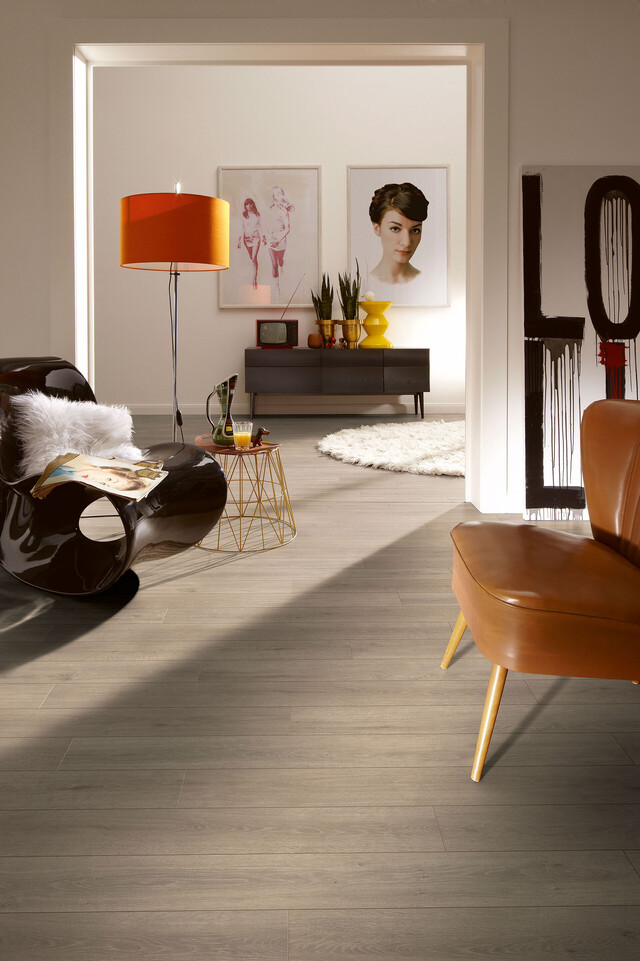
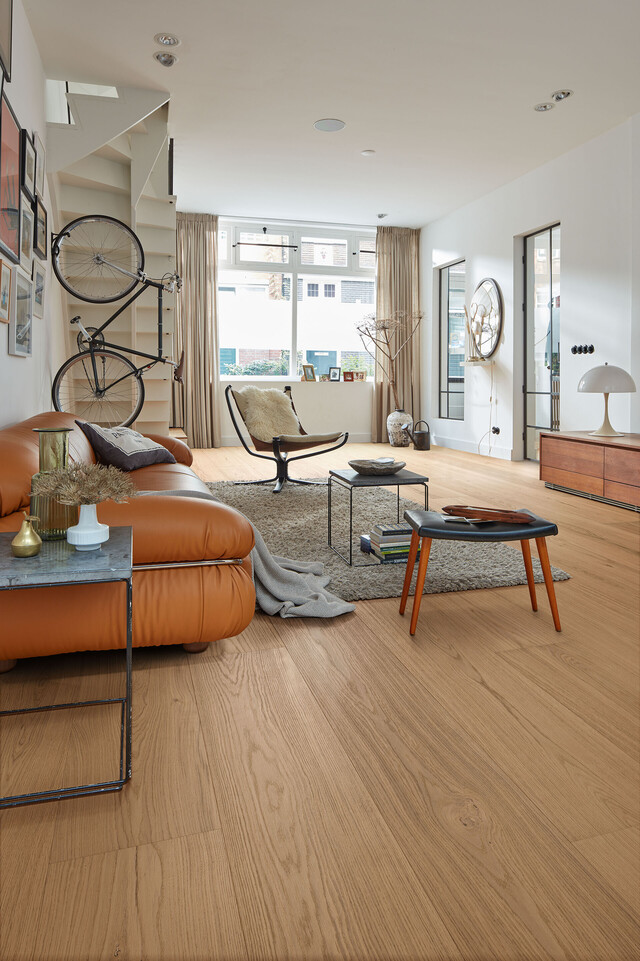
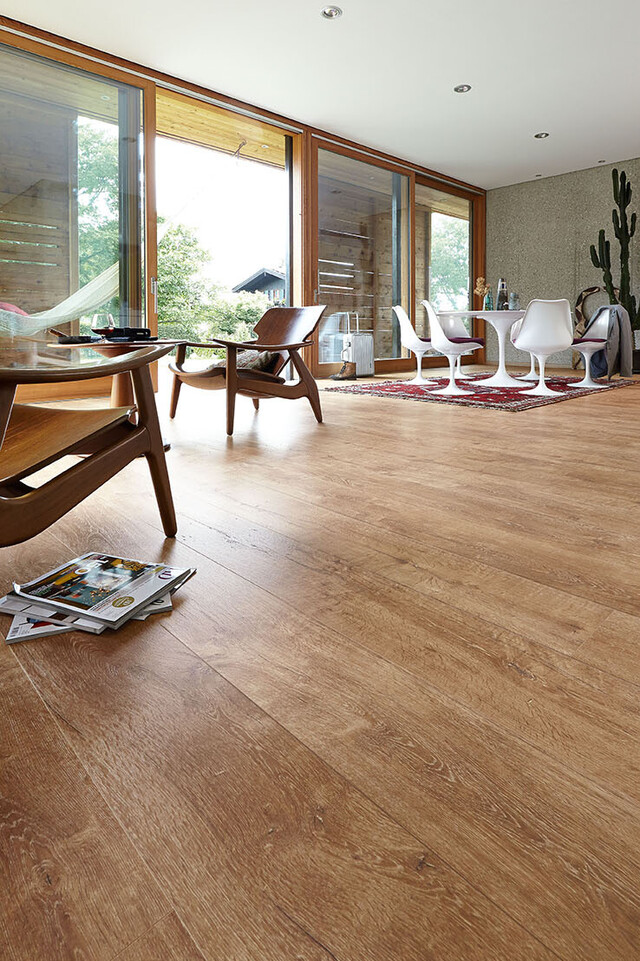
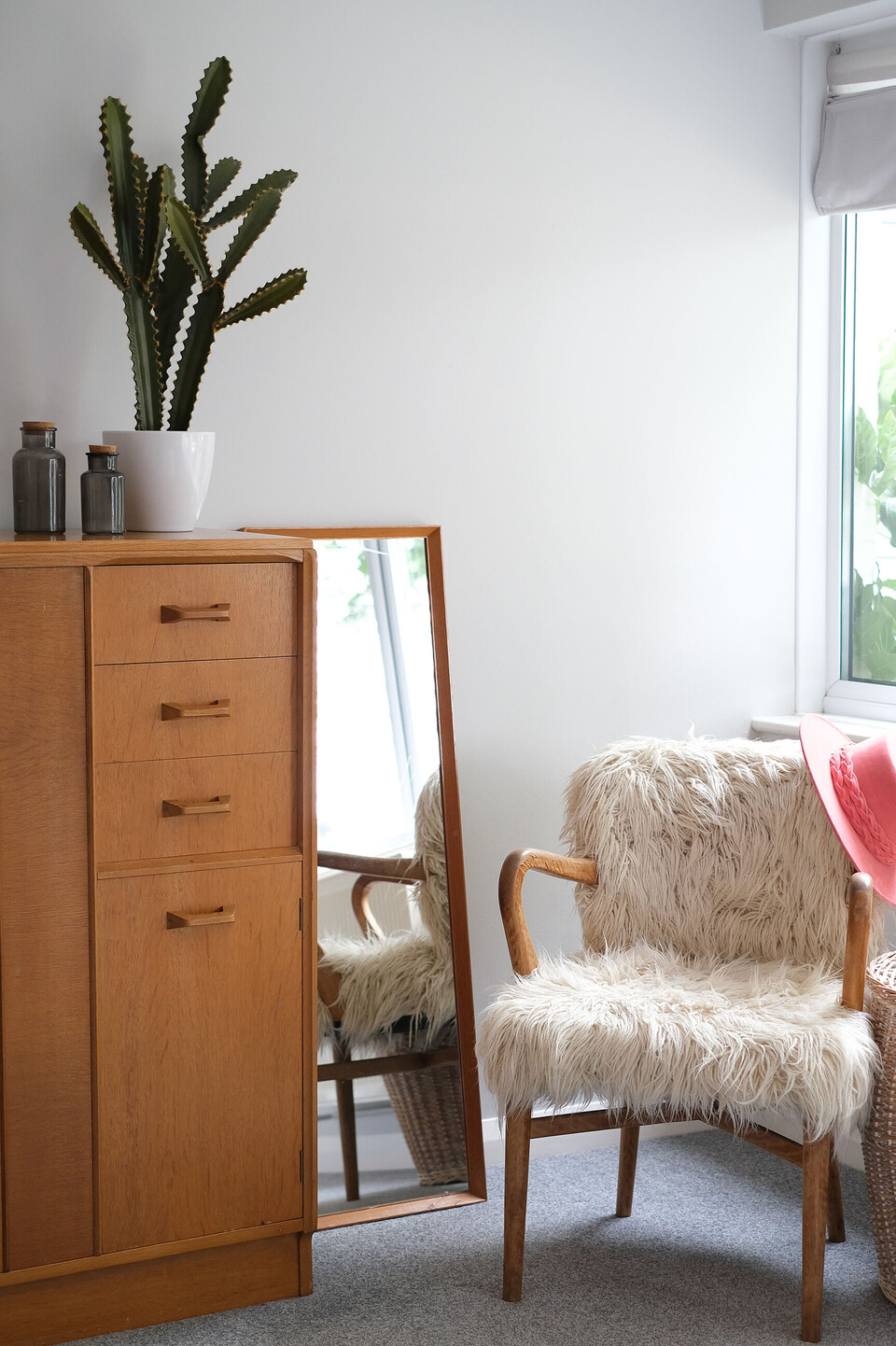
The futuristic glamour of the era was contrasted with solid furniture made of local wood. The 1970s was also the decade that sparked the popularity of environmental protection and nature conservation. The oil crisis and the burgeoning criticism of mass consumption fuelled the demand for furniture made of high-quality, natural materials with a longer lifespan than products made of cheap plastic. Remnants of decades gone by can often be found at flea markets or even still in your grandparent’s house.
